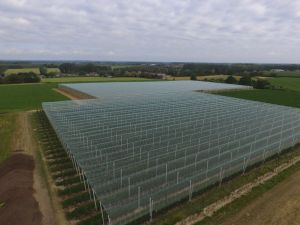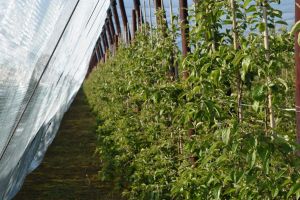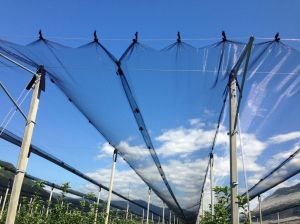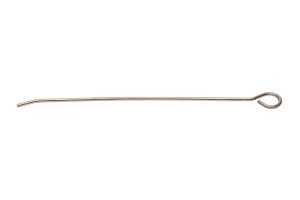Hail Nets
Hail net protects the crop that is under the hail nets. In Northern Europe, crystal net is most commonly used. Crystal netting allows the most light to pass through (high light transmission). The thread of the net also lets light through. The thread has a diffuse effect. This means that the light is broken into multiple beams. However, hail nets must be hung at a sufficient distance to take full advantage of the diffused light. Hail nets are used above orchards with apples, pears and much more. Hail nets provide protection from hail, hard driving rain, birds and insects such as the Asian stink bug. Hail netting also provides protection from the wind. The climate improves under hail nets because the peaks are flattened.







